The following summaries from the income statements and balance sheets of Neeko, Inc. and Saxony, Inc. are presented below.
(1) For both companies for 2012, compute the
(a) Current ratio
(b) Acid-test ratio
(c) Accounts receivable turnover
(d) Inventory turnover
(e) Days' sales in inventory
(f) Days' sales uncollected
Which company do you consider to be the better short-term credit risk? Explain.
(2) For both companies for 2012, compute the
(a) Profit margin ratio
(b) Return on total assets
(c) Return on common stockholders' equity
Which company do you consider to have better profitability ratios? 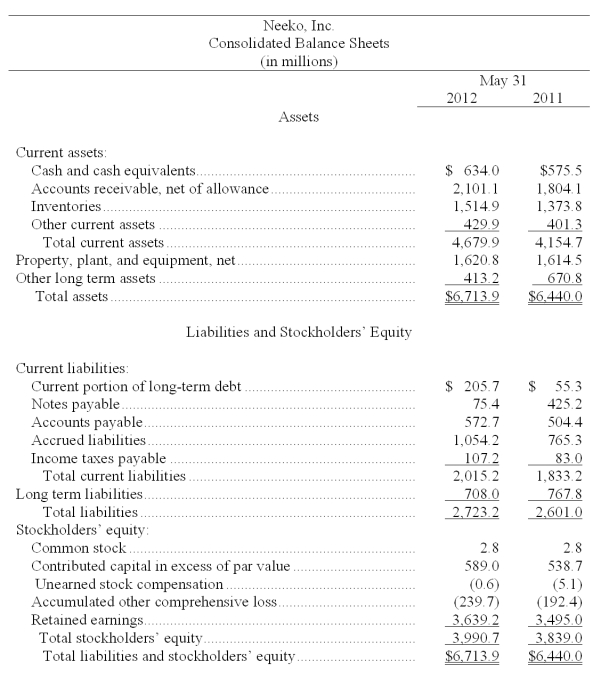
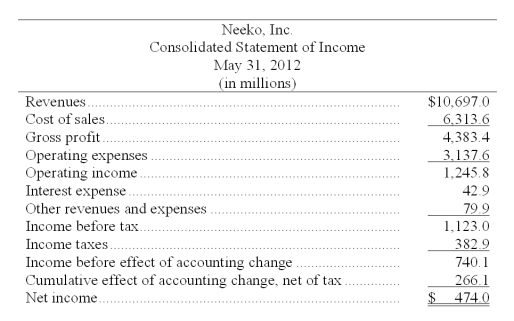
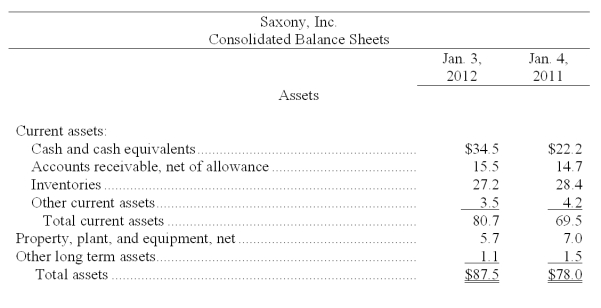
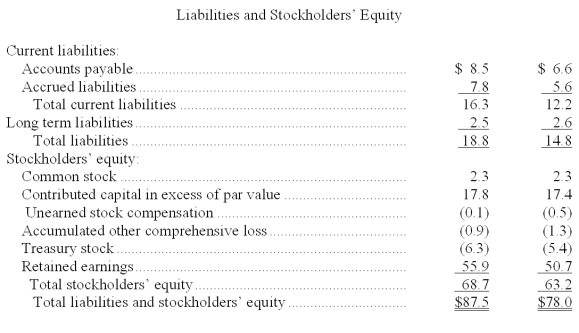
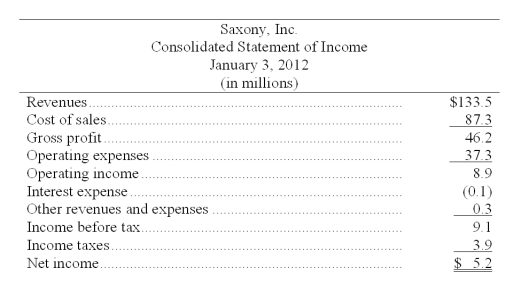
Definitions:
Abbreviation Inch
A shorthand used in technical drawings and engineering documentation to denote measurements in inches.
Ø Symbol
The Ø symbol is used in engineering and architectural drawings to denote the diameter of circles or cylindrical features.
First-Angle Projection
A method of creating engineering drawings where the object is imagined to be in the first quadrant, with planes between the viewer and the object.
Second-Angle Projection
A drafting technique where the object is viewed from directly above, with views rotated 90 degrees around the object's axis, commonly used in European countries.
Q9: An approach to managing inventories and production
Q51: Efficiency refers to how productive a company
Q62: Accounting for long-term investments in equity securities
Q76: The ability to generate positive market expectations
Q77: Standards for comparison are necessary when making
Q121: An advantage of bond financing is:<br>A) Bonds
Q145: The cash flow on total assets ratio
Q152: Schoodic Company had the following long-term available-for-sale
Q156: Callable bonds can be exchanged for a
Q163: For the following financial statement items, calculate